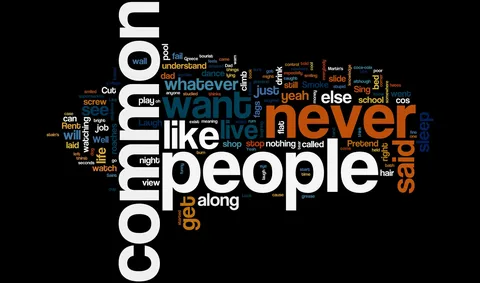In the vast landscape of design, the choice of font styles becomes the artist’s brushstroke, painting the canvas of communication with visual nuances. Beyond the mere arrangement of letters, font styles encapsulate a realm of creativity and expression. This journey takes us through the varied dimensions of font styles, unraveling the design philosophy that makes them a critical aspect of visual storytelling.
Understanding the Essence of Font Styles:
- Defining Identity: Font styles go beyond readability; they define the identity of a piece of text. Whether it’s the bold, assertive strokes of a serif font or the sleek, modern lines of a sans-serif, each style carries its own personality. Understanding this essence is crucial for designers aiming to convey a specific tone or emotion.
- The Multifaceted Sans-Serif: Sans-serif font styles, with their clean lines and absence of decorative elements, embody modernity and simplicity. This style is often the go-to choice for digital interfaces, conveying a sense of clarity and minimalism. Sans-serif fonts seamlessly integrate into various design contexts, from websites to app interfaces, where readability and a contemporary aesthetic are paramount.
- The Timeless Elegance of Serifs: On the other end of the spectrum, serif font styles carry an air of tradition and sophistication. The serif, or small decorative strokes at the end of characters, imparts a classic touch. Serifs are the preferred choice for projects that demand a formal tone, such as academic papers, editorial content, and prestigious brand identities.
- Expressive Script Font Styles: Script font styles emulate the fluidity of handwriting, injecting a sense of personality and warmth. From formal scripts conveying elegance to playful ones radiating whimsy, script font styles add an artistic flair to design. They are often chosen for invitations, branding, and projects where a personal touch is essential.
Navigating the Diverse Landscape of Font Styles:
- Balancing Act: The art of font selection lies in achieving a harmonious balance. Designers often experiment with combinations of font styles to create a visual hierarchy and convey the intended message effectively. Combining sans-serif with serif fonts or introducing script fonts for a touch of creativity are common strategies in this balancing act.
- Cultural and Emotional Impact: Font styles are not neutral; they carry cultural and emotional connotations. Designers must be attuned to the cultural nuances associated with specific font styles and consider the emotional impact on the target audience. A font style that resonates positively can enhance the overall reception of the content.
The Evolution of Font Styles:
- From Print to Digital: The transition from print to digital platforms has influenced the evolution of font styles. While traditional serif fonts once dominated print media, the demand for clarity on screens has led to the prominence of sans-serif fonts. The digital age has also witnessed the rise of custom font styles, allowing brands to carve out unique visual identities.
- Responsive Design Challenges: With the prevalence of responsive design, font styles must adapt to various screen sizes and resolutions. Designers face the challenge of selecting font styles that remain legible and visually appealing across a spectrum of devices. This adaptability is a crucial consideration in contemporary design.
Conclusion
In the realm of design, font styles emerge as storytellers, each carrying a distinctive tale. Sans-serif communicates modernity, serifs echo tradition, and scripts add a touch of artistry. Designers, armed with the knowledge of font styles, embark on a journey of creativity, weaving narratives that resonate visually and emotionally.










